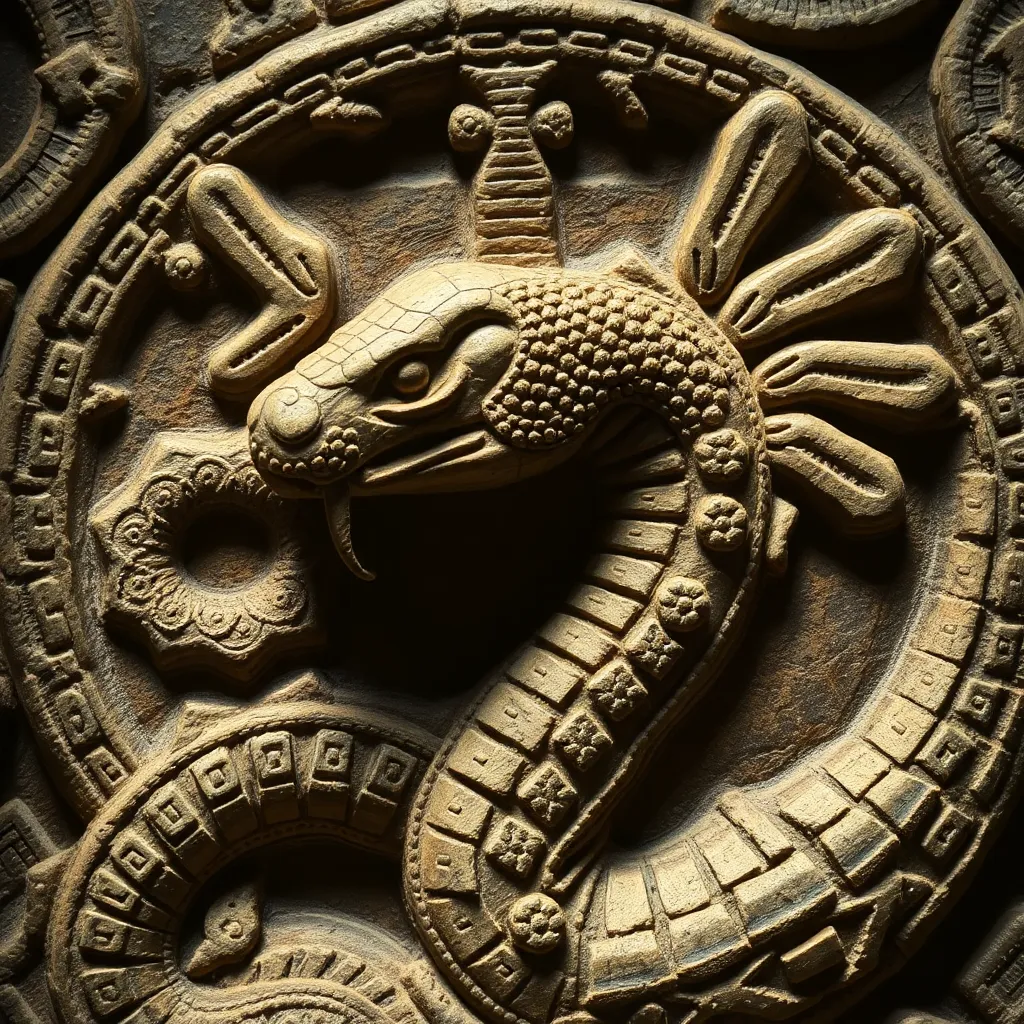Gremlins of the Sea: Maritime Legends and the Myth of the “Sea Gremlin”
I. Introduction
Maritime folklore is a rich tapestry of stories, beliefs, and superstitions that have evolved over centuries among sailors and coastal communities. These tales often serve as cautionary narratives, embodying the fears and experiences of those who navigate the unpredictable and sometimes perilous waters of the sea. One intriguing aspect of this folklore is the concept of “sea gremlins,” mischievous creatures said to haunt seafarers and cause havoc on ships.
This article aims to explore the origins, characteristics, and cultural significance of sea gremlins, as well as their representation in contemporary culture. By delving into these maritime legends, we can gain a deeper understanding of how folklore shapes human experiences at sea and reflects the fears and beliefs of those who venture into the deep.
II. The Origins of Sea Gremlins
The myth of gremlins, including their maritime counterparts, can be traced back to the early 20th century, although the roots of the concept may be even older. During World War II, British Royal Air Force pilots spoke of gremlins as mischievous creatures that sabotaged their planes. This idea quickly spread, leading to the portrayal of gremlins in various forms of media.
In maritime contexts, sea gremlins are closely linked to sailors’ superstitions, with each ocean and sea giving rise to unique interpretations of these elusive beings. Sailors, often isolated and facing the unknown, developed these tales to explain the unexplainable—malfunctions, bad weather, and other misfortunes at sea.
Over time, the legend of the sea gremlin has evolved, influenced by changing cultural contexts and the ongoing relationship between humans and the sea. Whether viewed as tricksters or guardians, these creatures reflect the deep-seated fears and respect that sailors have for the ocean.
III. Characteristics of Sea Gremlins
Sea gremlins are often described with a variety of physical characteristics, reflecting the diverse maritime cultures from which they originate. Some common traits include:
- Small stature, often depicted as being no taller than a foot.
- Green or blue skin, resembling the water they inhabit.
- Long, thin fingers capable of tampering with ropes and machinery.
- Large, glowing eyes that can be seen in the darkness of the night.
Behaviorally, sea gremlins are known for their mischievousness and propensity for causing trouble on ships. They are believed to:
- Unravel knots and mess with rigging to create chaos.
- Disturb navigation equipment, leading to misdirection.
- Whisper false information to sailors, leading them astray.
When compared to other maritime creatures and myths, such as mermaids or krakens, sea gremlins are often seen as less malevolent and more playful. While mermaids are typically portrayed as alluring yet dangerous, and krakens as monstrous beasts, sea gremlins exist in a realm of mischief rather than outright terror.
IV. The Role of Sea Gremlins in Maritime Culture
Sea gremlins have had a significant influence on the beliefs and practices of sailors throughout history. Many sailors would perform rituals or carry talismans to ward off these mischievous beings, believing that appeasing them could prevent disasters at sea.
In literature and art, sea gremlins have inspired countless stories and illustrations. They are often depicted in children’s books, cartoons, and folklore compilations, serving as symbols of the unpredictable nature of the ocean. Their presence in maritime art often captures the duality of fear and fascination that the sea evokes.
Moreover, the impact of sea gremlins on maritime safety and navigation cannot be understated. The tales of these creatures have served as cautionary tales, reminding sailors to respect the sea and be prepared for unexpected challenges.
V. Famous Sea Gremlin Tales
Throughout maritime history, numerous anecdotes and stories involving sea gremlins have emerged from sailors’ experiences. Here are a few notable tales:
- The Mischief at Midnight: A crew aboard a fishing vessel reported hearing strange noises at night, only to discover that their nets had been untangled and their equipment tampered with. They believed a sea gremlin was responsible for the mischief.
- The Lost Ship: A tale from the North Atlantic tells of a ship that went missing after its crew encountered a sea gremlin that led them astray with false lights.
- The Gremlin’s Warning: A sailor recounted a story of how he was saved from a storm after a sea gremlin appeared to him in a dream, urging him to change course.
These stories often carry moral or cautionary lessons, reminding sailors to remain vigilant and respectful of the forces of nature. They also vary regionally, with different cultures attributing unique traits and stories to their interpretations of sea gremlins.
VI. Scientific Perspectives on Sea Gremlins
From a scientific standpoint, many of the phenomena that inspired the myth of sea gremlins can be attributed to natural occurrences. For instance, meteorological phenomena like sudden storms or rogue waves can create scenarios where sailors might attribute blame to supernatural beings.
Additionally, the psychological aspects of fear and superstition play a significant role in shaping maritime legends. The isolation and dangers faced by sailors can lead to heightened anxiety, causing them to seek explanations for their fears in the form of folklore.
Modern science continues to debunk the myths surrounding sea gremlins, attributing their mischief to human error, mechanical failures, and natural events rather than supernatural forces.
VII. The Sea Gremlin in Contemporary Culture
In contemporary culture, sea gremlins have found their way into various forms of media and entertainment. They are often portrayed in movies, video games, and television shows, where they serve as whimsical yet troublesome characters.
The revival of interest in folklore and maritime legends has led to a resurgence in stories about sea gremlins. Documentaries, podcasts, and social media platforms have created spaces for sharing these tales, allowing new generations to engage with the mythology.
Social media plays a crucial role in perpetuating sea gremlin myths, with platforms allowing sailors and maritime enthusiasts to share their experiences and stories, thus keeping the legend alive.
VIII. Conclusion
In summary, sea gremlins are a fascinating aspect of maritime folklore that embodies the fears, beliefs, and experiences of sailors throughout history. Their playful yet mischievous nature reflects the unpredictable essence of the sea and the respect it commands from those who navigate its waters.
The power of myths like that of the sea gremlin lies in their ability to shape human experience and understanding of the world. In today’s maritime world, folklore continues to hold relevance, reminding us of the intricate relationship between humanity and the ocean.
Ultimately, the tales of sea gremlins serve as a testament to the enduring nature of folklore and its capacity to connect us with our past, present, and future at sea.



